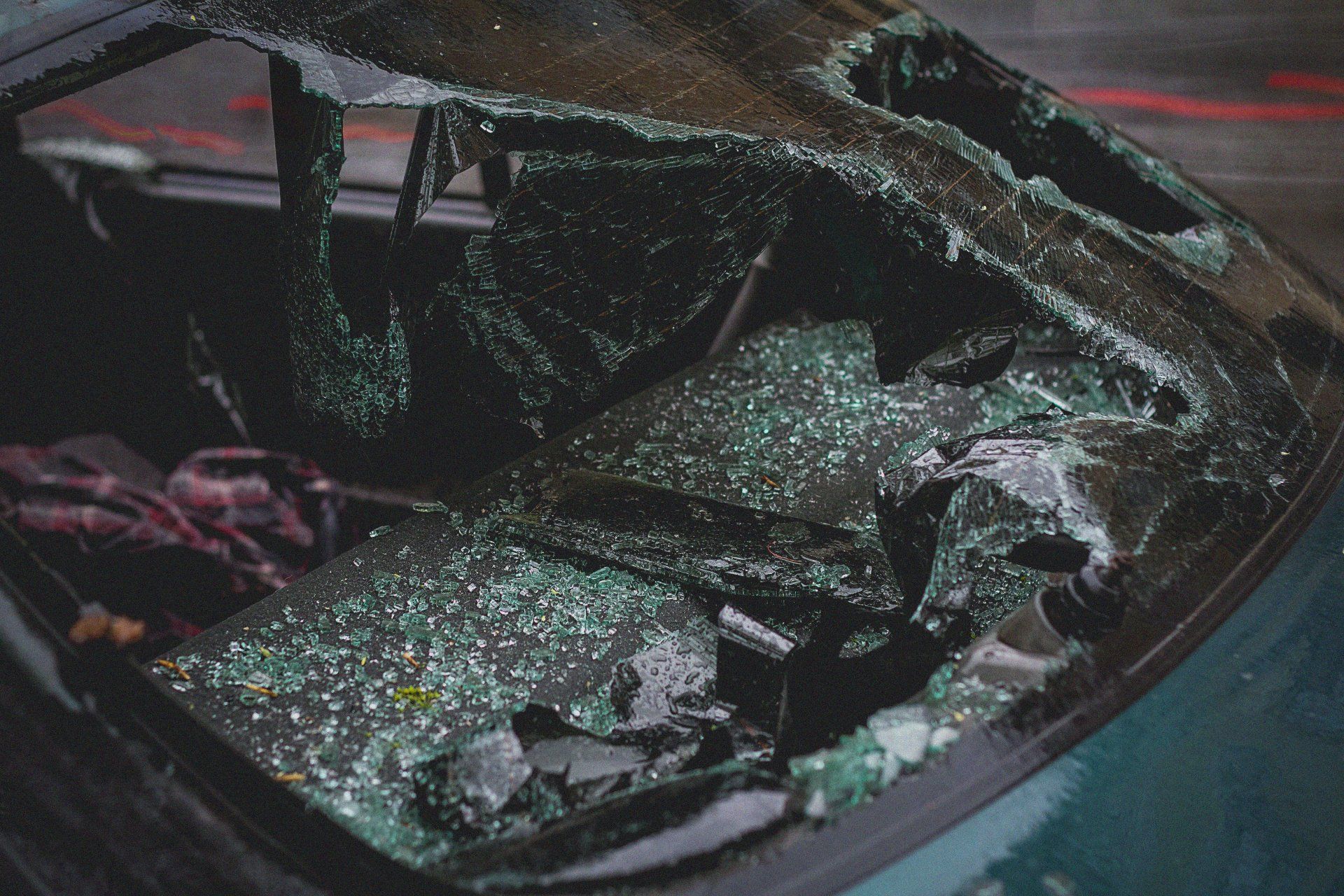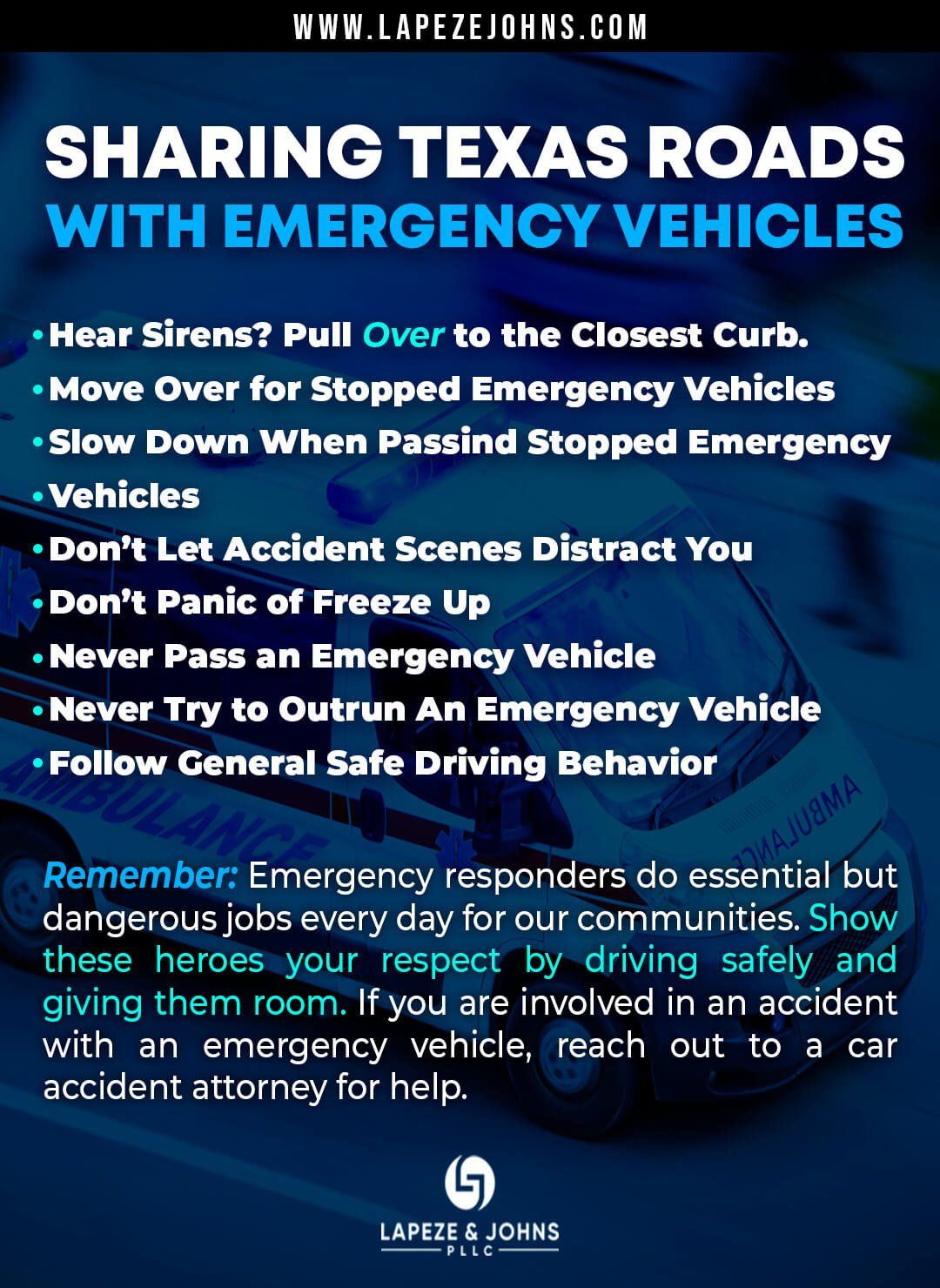4 Left Injured Following Ambulance Accident
A car accident in Fort Worth on Sunday, June 13th, resulted in every member of a three-person crew of first responders suffering minor injuries. The accident occurred while the ambulance was responding to an emergency with lights and sirens engaged.
The June 13th Accident
An ambulance was left lying on its side in the middle of the road near the intersection of Hemphill Street and Loop 820 on Sunday after being struck by another car. According to MedStar, the ambulance was in the process of responding to a call when the accident happened.
The ambulance was driving through an intersection when it was struck by a car that failed to stop for the emergency vehicle.
Following the incident, all three members of the crew were left with minor injuries. According to reporting, the driver of the vehicle that collided with the ambulance also suffered minor injuries and was transported to a hospital.
The injured MedStar workers were also transported to a hospital by another MedStar crew.
A MedStar spokesman has since spoken with reporters, underlining the importance of behaving appropriately when you hear sirens while driving.
“This is a good reminder of the need to be continuously aware of emergency vehicles and the dangers of red light and siren responses,” the spokesman said.
EMS Driver Safety and Where It Falls Short
Unfortunately, car accidents are a common occurrence for emergency responders.
According to a survey of emergency responders conducted by EMS1, an online resource for EMSs, EMTs, and others the agency, found that 40% of respondents had personally been involved in vehicle accidents on the job. 28% of those surveyed said that they felt their agency does not sufficiently monitor driver performance or roadway safety.
EMS1 also found that, statistically, if you’re an EMT who hasn’t been in an accident yet, you probably will be if you stick with the job.
One of the biggest flaws EMS1 found in the way that these agencies deal with the potential for car accidents is the fact that they often act reactively, rather than proactively. This means that at many agencies, the drivers’ skill is only tested after they’ve already been in an accident.
Those agencies that acted proactively to prevent accidents had drivers who were less likely to get into accidents and less likely to see injury or death if an accident took place.
Alarmingly, a large portion of EMS1’s respondents who felt that their agency’s driving program is poor reported that their agency conducts no training whatsoever for driving ambulances.
Unfortunately, there is not a lot that we as drivers can do to improve the safety practices of healthcare agencies. Nevertheless, we should all do our part to watch for emergency vehicles and take the correct steps when they appear.
Here’s a guide we’ve created on what you should do to safely share the road with emergency vehicles. Follow these tips and share them with friends to help them stay safe, too.
If you’ve been injured in an emergency vehicle accident in Texas, contact the Houston car accident attorneys at Lapeze & Johns to learn if you may be owed compensation.



CONTACT
OPENING HOURS
- Mon - Fri
- -
- Sat - Sun
- -

